Products developed in one company should share a similar concept, compared with other products in the market. However, customers can hardly understand the concept from advertisements. It is difficult even for a company itself to catch up with the thoughts of the developers or the designers employed.
By visualizing designers' thought, we enabled to grasp the emerging scenarios to success in business, the latent "chance" events, and the characteristic concept of products from a company. From the red nodes in the visual diagram (developed and introduced for data visualization for marketing and designs of products since 1998), which show events and items which are infrequent but play a significant role in the strucure of the relevances, business users of KeyGraph can also compare the characteristic future trends and concepts of a number of companies.
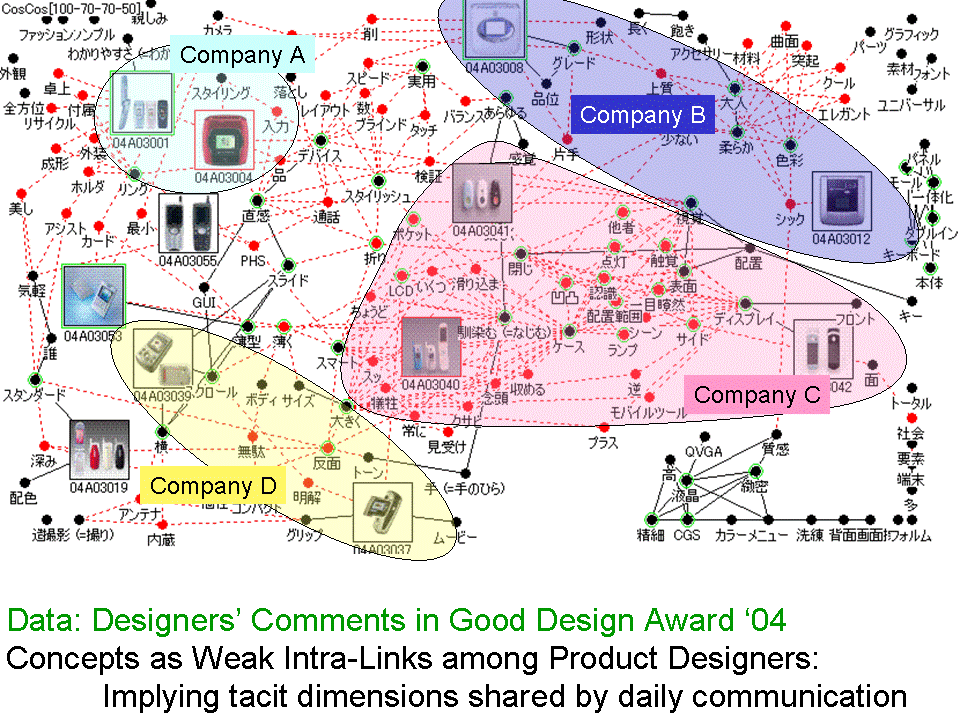 |
 |
Horie, a doctoral student in the laboratory, has worked on the developing section of a company. Because that section has been developing complex film-testing machines and the developers use various parts, each member had defferent expertise about software, an optical instrument, lighting instrument or controller, etc. And, their leader has to organize a high performance team from all the experts. Besides, their clients are also engineers, the business conversation between the team members and the clients may become difficult for an observer who may be the manager to understand.
According to Horie, his teammates first collected the reports on their conversation with the client, visualized them by KeyGraph. Next, they made a scenario map by putting pictures relevant to words on the map, especially words of which the meaning were hard to imagine, like "suji" or "mura" ( in the pictures below ). Then, looking at and touching the map with talking to each other, they made developing strategies. As a result, they successfully obtained new inventions and patents based on the acquired strategies. We hypothesize that the think-and-talk process for chance discovery and the expertise of humans has been integrated to achieve fruitful results, and are applying this principle to other business domains - finding new success cases.
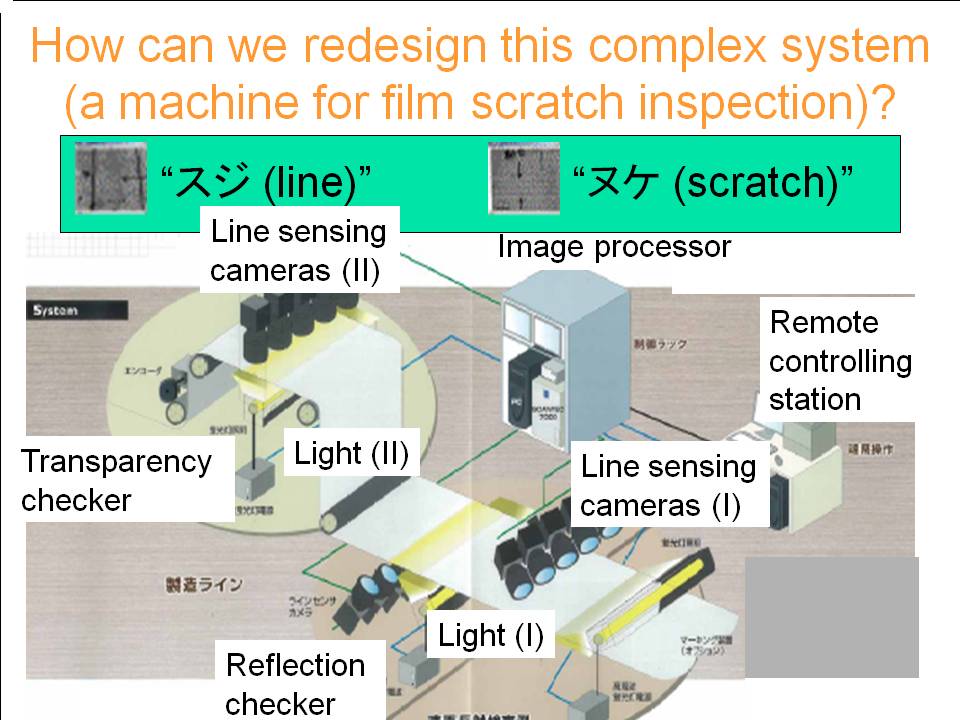 |
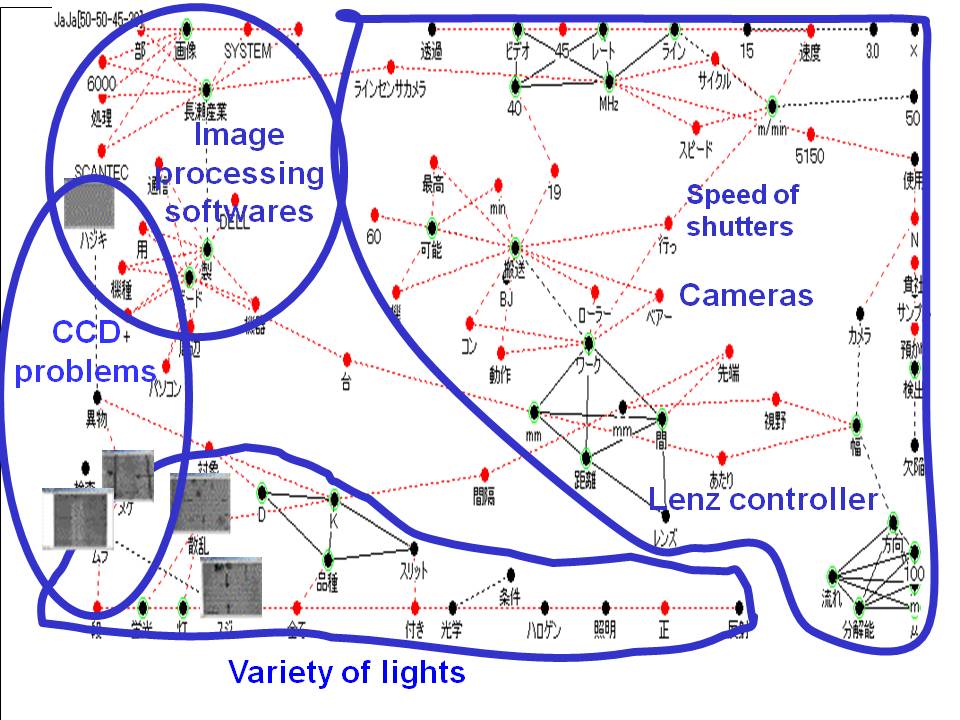 |
This process will let you know what improvement you should make over the current state of technique. In fact, through the process, basic requirements called "primitives", are strung together like chained beads and then they form a new scenario for satisfying the requirement of the user (as is showed in the right figure below). Bringing out participants' intentions, their constraints, and their means relevant to chances and risks at each step, you can develop the products/services best suited to your customers' demand. .
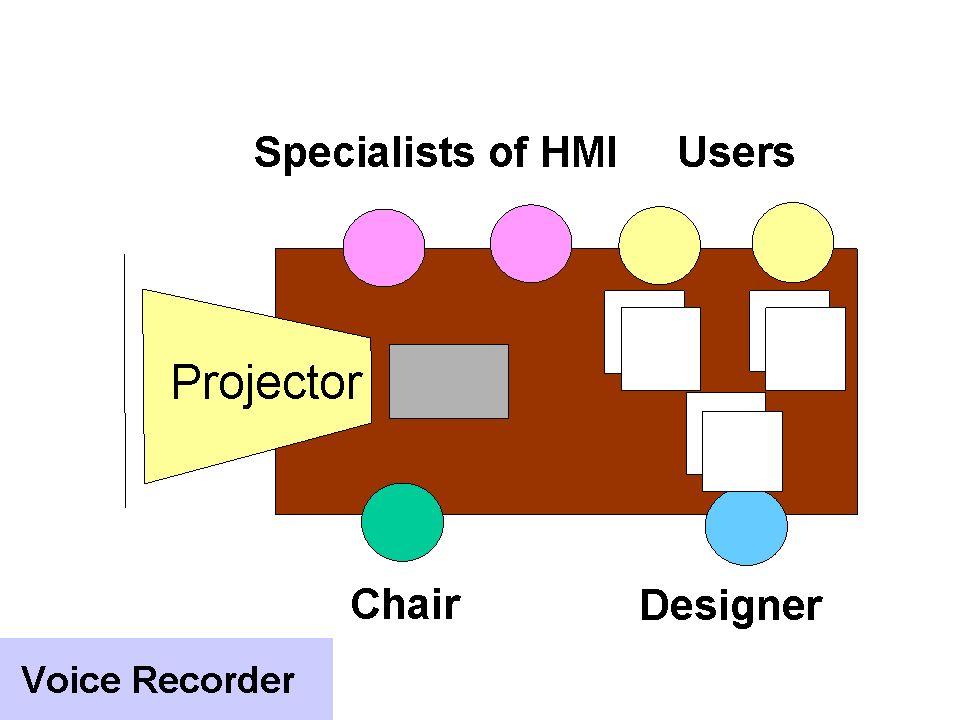 |
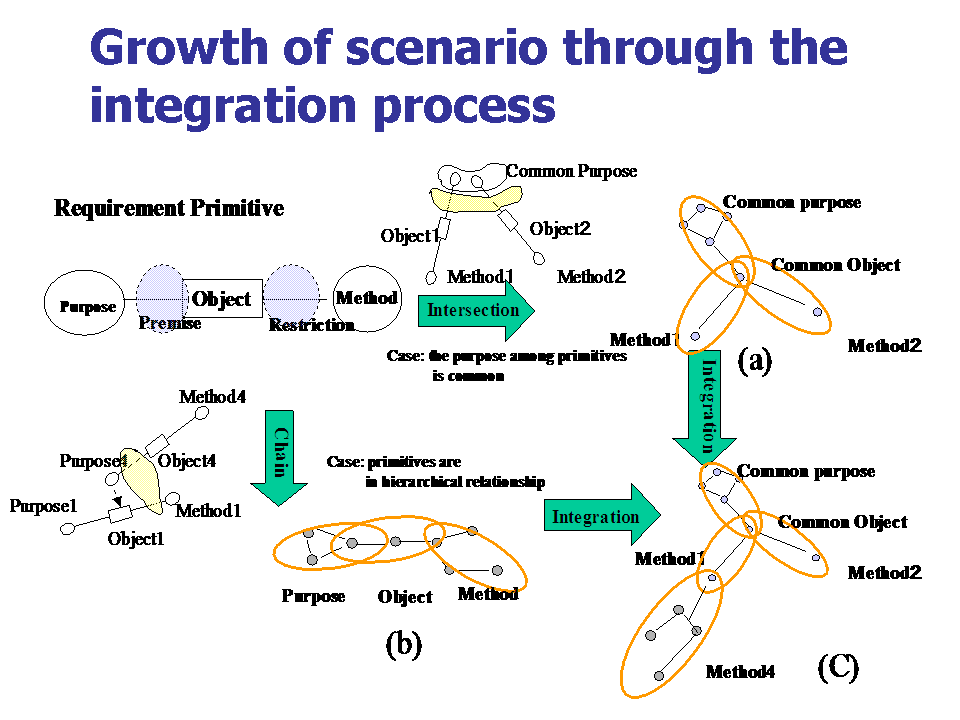 |